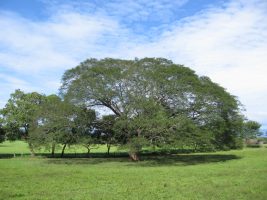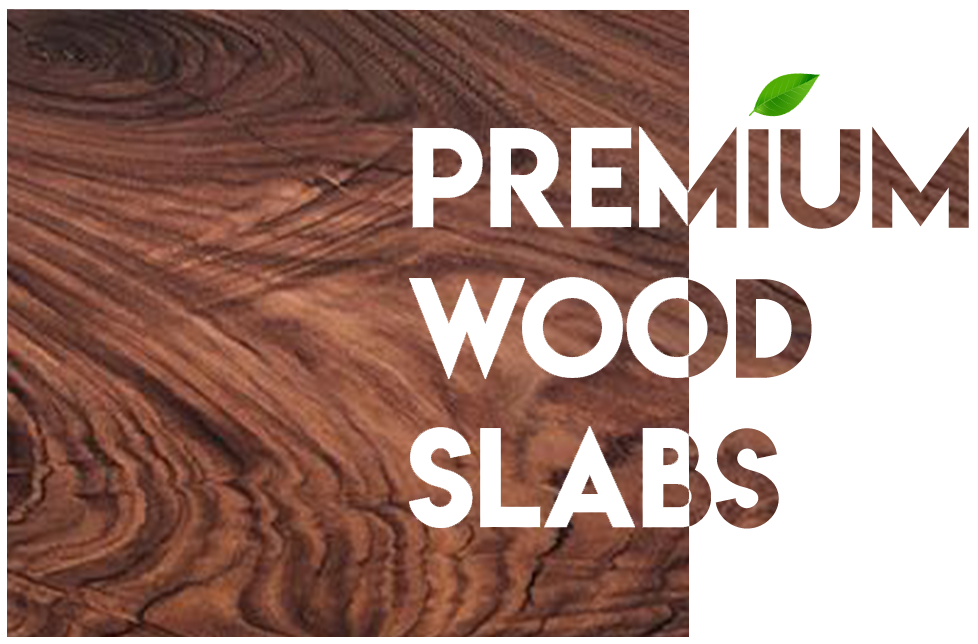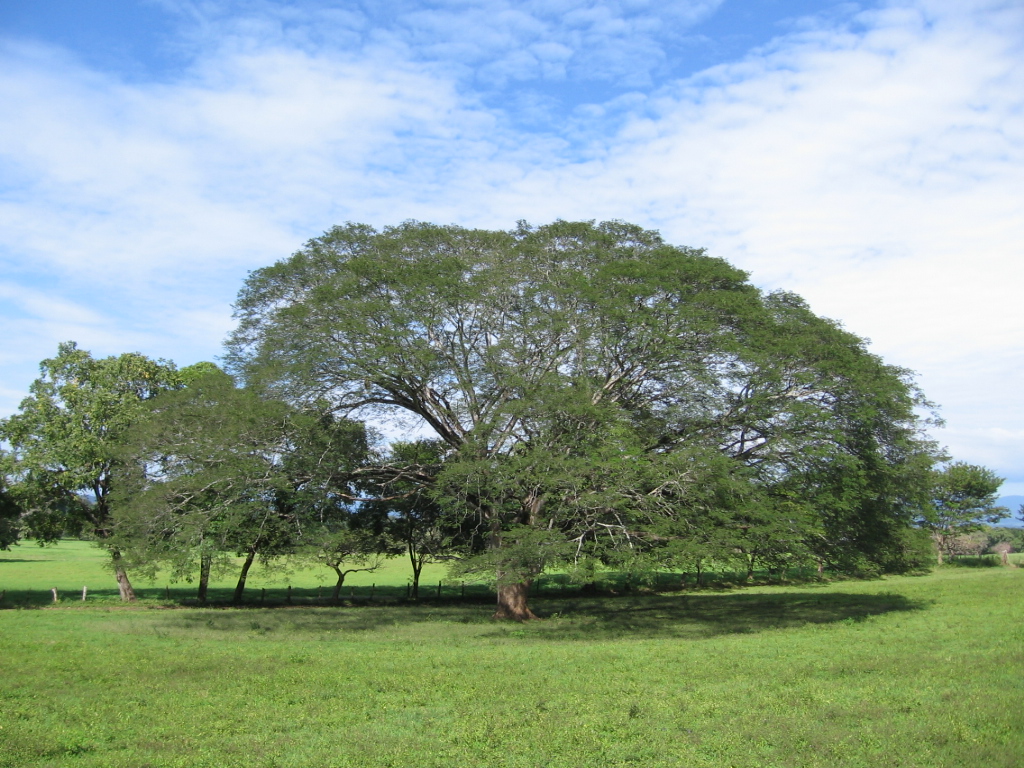 Enterolobium cyclocarpum, commonly known as Parota or Elephant-ear tree, is a species of flowering tree in the pea family, Fabaceae, that is native to tropical regions of the Americas, from central Mexico south to northern Brazil (Roraima) and Venezuela. It is known for its large proportions, its expansive, often spherical crown, and its curiously shaped seedpods.
Enterolobium cyclocarpum, commonly known as Parota or Elephant-ear tree, is a species of flowering tree in the pea family, Fabaceae, that is native to tropical regions of the Americas, from central Mexico south to northern Brazil (Roraima) and Venezuela. It is known for its large proportions, its expansive, often spherical crown, and its curiously shaped seedpods.
In North America it is called elephant-ear tree, due to the shape of the seedpods. Other common names include Devil’s ear and earpod tree, parota.
Also known as Raintree, Kelobra, Parota is prized for its beautiful golden-brown, Hawaiian Koa/Acacia-like figure, consistent availability in large hard-to-find dimensions, and its unmatched low cost. Unlike other similar Acacia-like species from South-East Asia (Suar, Monkey pod, etc.), many customers prefer Parota because of its easier workability and more consistent color and grain.
Parota is a highly prized sustainable wood that is common to tropical climates. It is sought after for its sustainability, durability, longevity, resistance to fungus and disease and the beautiful qualities of the grain patterns and deep amber colors which are pronounced in the smooth finish of these gorgeous tables!
In particular, crotch pieces of Parota can have very dramatic color and figure, often exhibiting striking fiddle-back, swirls and a mottled or quilted appearance. A side benefit is that Parota is often available in widths and thicknesses unheard of with more widely-known woods.
Parota’s performance characteristics should be noted by woodworkers contemplating a project using Parota. Most important of these: First, parota is not a hard, dense wood as most tropical woods go. It’s much softer, on the order of redwood, and lighter in weight. Second, Parota’s structural characteristics are also similar to that of redwood. Woodworker’s should not depend on Parota to carry significant loads over any appreciable span. This characteristic would be particularly important to remember if designing a solid Parota table top or cantilevered surface.
Ref.: Wikipedia – http://en.wikipedia.org/wiki/Enterolobium_cyclocarpum

